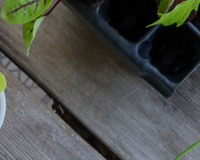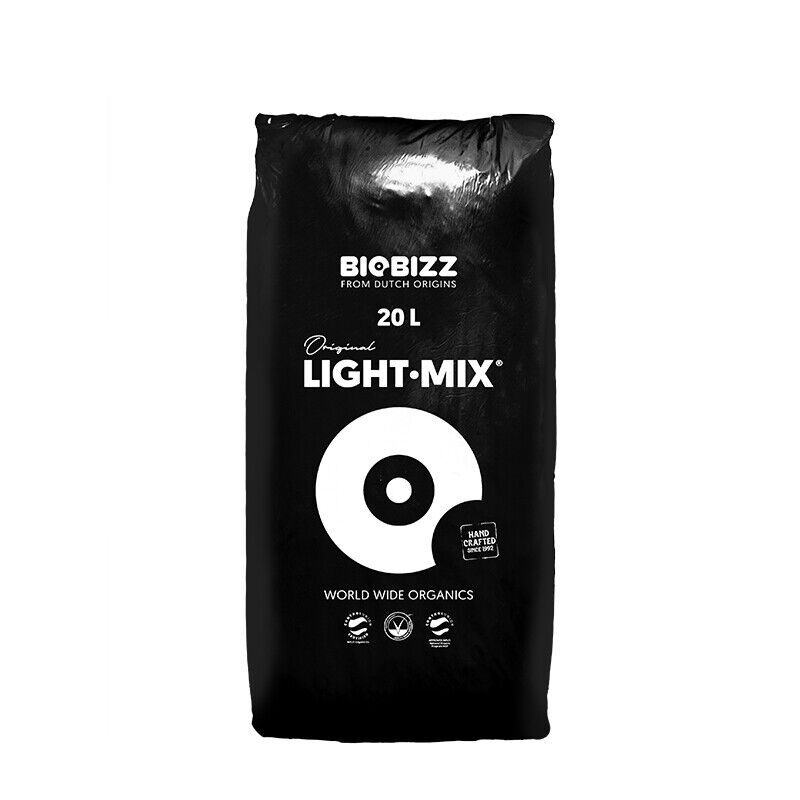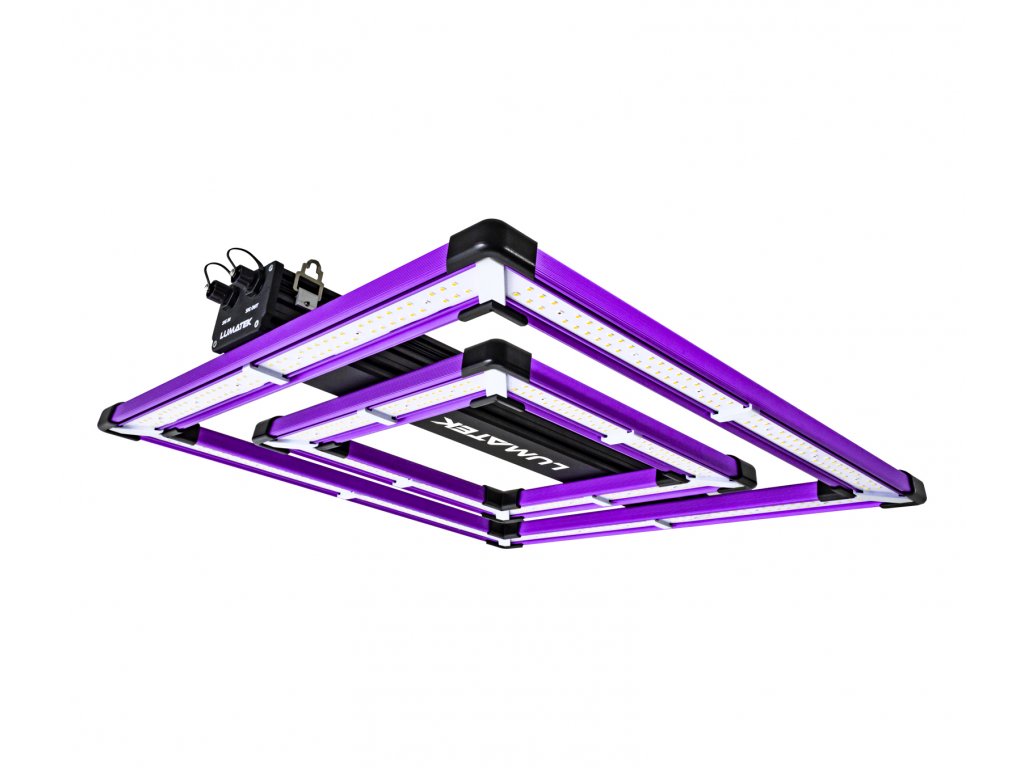Saying this, whilst osmosis water can offer these benefits, it's essential to note that some minerals are beneficial for plant growth and If you use solely RO water, you may need to supplement with essential nutrients to ensure your plants receive a well-rounded diet.
Regular testing of soil and water is recommended to monitor nutrient levels and make adjustments accordingly in your quest for the homeostatic state.
Of course, the primary purpose of reverse osmosis is to remove impurities and contaminants from water. The RO process utilises a semi-permeable membrane that allows water molecules to pass through while blocking the majority of dissolved salts, minerals, bacteria, viruses, and other contaminants. This results in water that is significantly purer than the feed water.
Other benefits are remarkable if you have your growing technique up to scratch!









